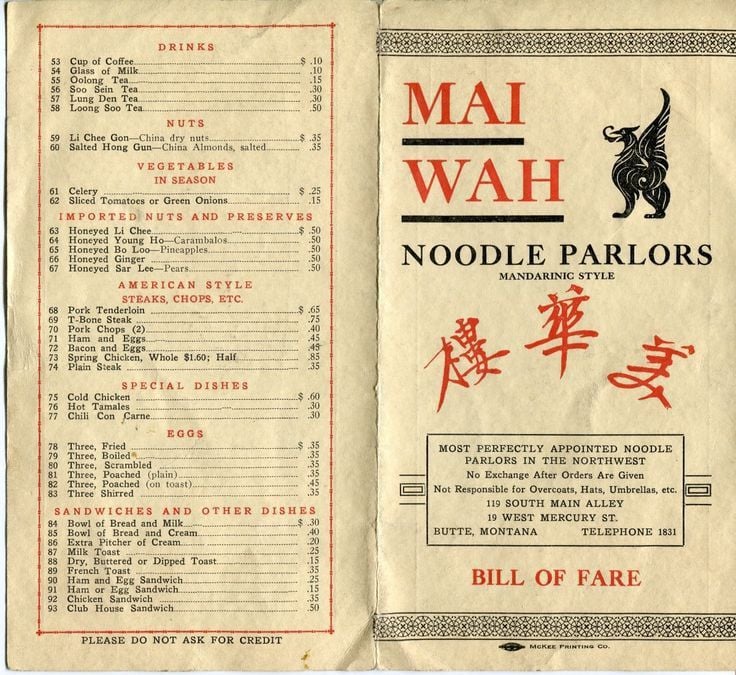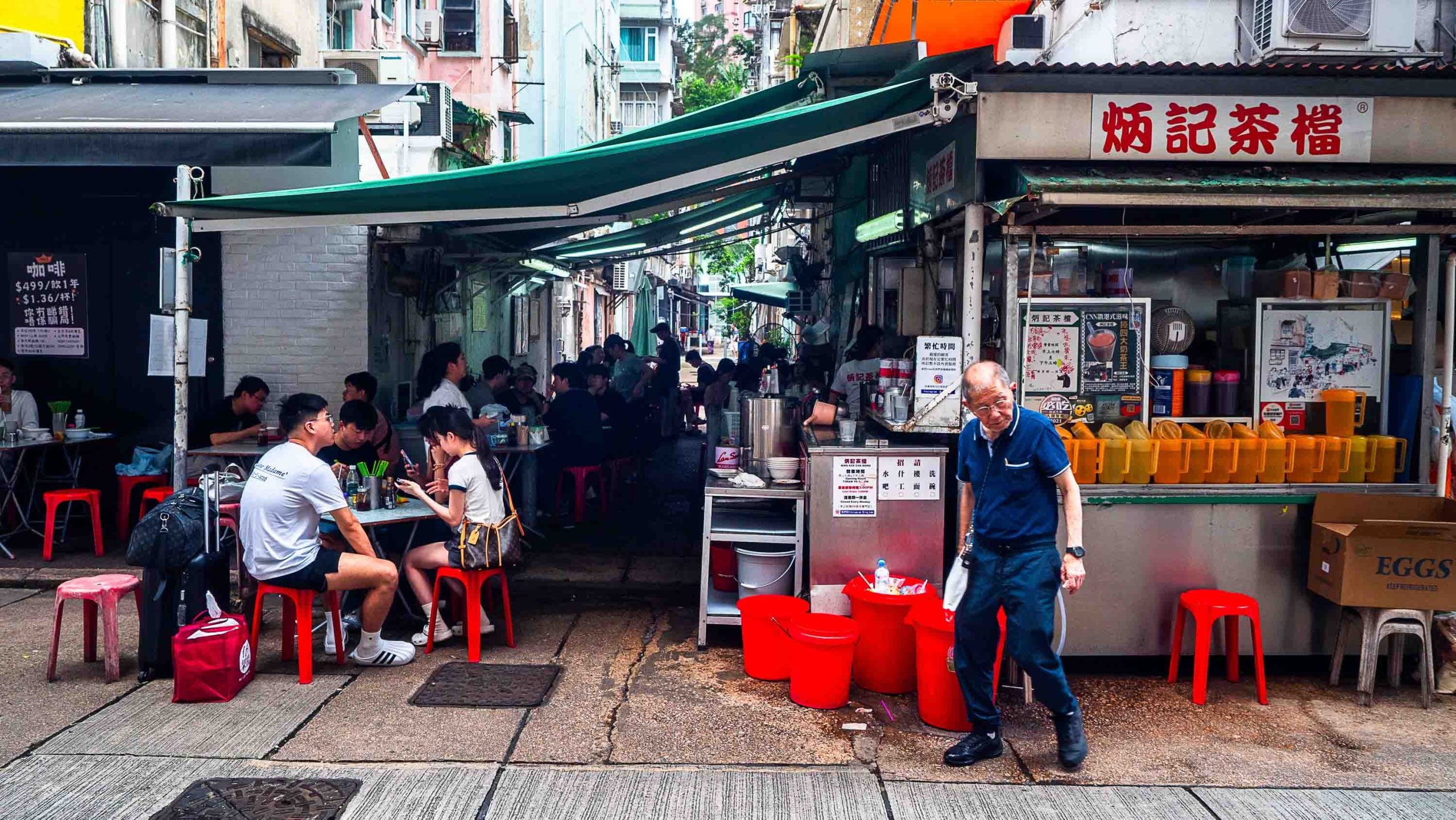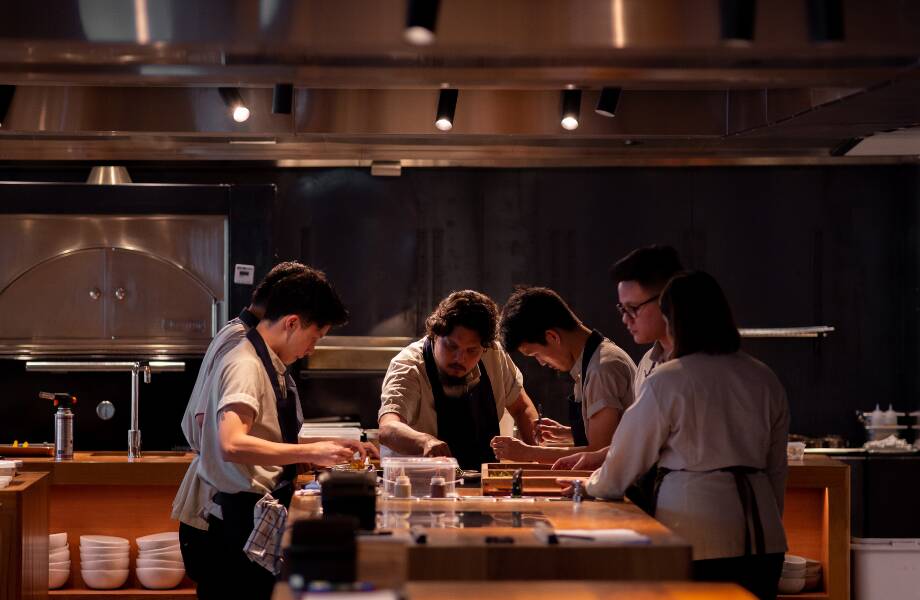Though there were still Covid-19 outbreaks here and there, people in China had pretty much returned to everyday life in 2021. Despite this return to normalcy, the global pandemic has dramatically impacted people’s dietary habits in China and abroad — from an increased interest in healthier edibles to more home cooking.
Chinese youth increasingly turned to healthier and trendier food choices last year, and they also demanded higher quality edibles — even when it came to instant or ready-to-eat meals.
So, now that we are into the new year, where can we expect Chinese consumption trends to head over the next 12 months? Below, we share our predictions for what young people in China will be eating and drinking in 2022, from plant-based products and various dietary trends to non-alcoholic drinks.
1. Less Meat
China is known to many as a meat-loving country and reportedly consumes 28% of the world’s meat, including half of all pork.
But its love for meat is a recent affair: When China’s economy began booming in the late 1970s, meat consumption was seen as a symbol of financial and social status. In the ensuing decades, demand for animal protein has skyrocketed, although this may start to change in 2022.
Our logic? For one, China has a rich variety of vegetables and a long history of veggie and vegan eats, and Chinese youth are becoming more conscious of both their health and where their food comes from. Heck, some have even begun growing organic vegetables and fruits on their balcony.
Additionally, due to increased awareness of sustainability among China’s younger generations, the country’s market for plant-based meat substitutes has boomed. It is expected to reach 17 to 24 billion USD in 2030.
The market’s growth is primarily due to the global trend towards embracing veganism and vegetarianism, the increasing awareness of climate change and animal welfare, and health crises like the coronavirus pandemic and African swine fever (ASF).
Even before Western brands like Beyond Meat and Nestlé introduced plant-based products to the Chinese market in 2020, domestic startups such as ZhenMeat, Zrou, and Starfield had already sprung up and created products catering to Chinese taste buds.
According to Zrou CEO Frank Yao, his company plans to release a total of 52 new plant-based products in 2022, which leads us to believe we’ll surely see the plant-based craze continue this year.
2. High-quality Ready-to-eat Meals
There are many reasons that Millennials and Gen Zers in China will be eating more high-quality ready-to-eat meals in 2022.
As of June 2021, more than 46% of Chinese people aged 27 to 31 were single, and more Millennials in China are staying single by choice. It’s a challenge to cook for one person, especially given the increasing work and life pressure facing Chinese urbanites, leading many young people to turn to ready-to-eat meals.
However, that doesn’t mean that foodie Millennials and Gen Zers are compromising on their culinary choices. It is increasingly common to purchase instant foods but shake them up with fresh ingredients like smoked salmon and favorite vegetables, making ready-to-eat meals anything but boring.
Easy-to-use kitchen appliances are also taking off, as noted by the Chinese lifestyle platform Xiaohongshu, where 60 million searches related to air fryers were recorded in 2021. Users of the app also share no shortage of “air-fry everything” recipes.
Given the ongoing Covid outbreaks and lockdowns in China over the past few months, we believe ready-to-eat and easy-to-prepare meals will maintain popularity in 2022.
3. More Diets
A diet is often the go-to option when you have no time to work out but still want to look fit. In today’s fast-paced world, then, it should come as no surprise that more than 9 million posts show up when searching the keyword ‘losing weight’ on Xiaohongshu.
Often led by celebrities and influencers, diet plans such as intermittent fasting, keto lite, mindful eating, low carb, and sugar-free are increasingly present on Chinese social media. But don’t get overwhelmed just yet, because one Chinese food company has predicted that you’ll undoubtedly be seeing more diet suggestions in 2022.
4. Non-alcoholic Drinks
China’s alcohol intake has been increasing over the past 30 years and is estimated to reach 10 liters per capita annually by 2030, surpassing the US. However, young drinkers in the country are shifting from traditional liquors to low-alcohol or even non-alcoholic drinks.
Indicative of this trend, soda water and sparkling drinks have seen increasing demand in China. The domestic sparkling water brand Genki Forest was expected to reach sales of 7.5 billion RMB in 2021, more than three times its sales in 2020.
Eric Hoang, the co-founder of China-based ZEYA Hard Seltzer, told us earlier last year that he has seen a growing need for healthier alcoholic beverages in the country. NBC News has also predicted that alcohol-free cocktails should witness considerable growth in 2022.
All this considered, we’re confident to say that, this year, you’ll likely see more alternatives available for a sober night on the town.
5. More Coffee Shops
The city of Shanghai now boasts the most coffee shops globally, nearly 7,000 as of January 2021. China’s coffee market is expected to continue growing and could surpass 300 billion RMB in value by 2023, a 30% increase from 2020. (And we’re willing to bet at least part of that growth will take place in the next 12 months.)
Shanghai is the city with the most coffee shops in the world according to @yicaichina. On a per capita basis London still beats but it’s still kinda nuts how many there are. Data is from dianping & openstreetmap. Even if incomplete, would be under rather than overcounting. pic.twitter.com/NhrygO5gNf
— Rui Ma 马睿 (@ruima) March 30, 2021
Among others, the Shanghai-based brand Manner Coffee has vastly expanded since it started operations in 2015. It built around 150 new stores in only five months in 2021, most in Shanghai.
To make their shops stand out from others, more cafes — including chains such as Manner Coffee — are serving specialty coffee or the highest grade of coffee available.
We’ve also noticed a new trend growing in some parts of China: nighttime coffee consumption. For example, in Macau, young people opt for a casual social chat after work with a cup of coffee instead of a boozy night out. The trend is known as yefe 夜啡 in Cantonese, which literally means ‘night coffee.’
6. Punk Health
Health is now on people’s minds more than ever before, and today’s Chinese youth are embracing health hacks to offset unhealthy lifestyles, for example, having a cup of goji tea after binge-watching Single’s Inferno all night. This new lifestyle, dubbed ‘punk health,’ is often derived from traditional Chinese medicine (TCM).
Even seasoning brands in China have started to produce healthier products. In May 2021, China’s biggest vinegar brand, Jiangsu Hengshun Vinegar, launched five new types of zero-fat vinaigrette, aiming to promote the idea of “eating light, zero fat.” The hack here? Spicing up your salad while keeping those evil calories at bay.
According to a Chinese market research and data analytics company, Gen Zers are the most concerned about their health condition among all age groups. As such, we expect them to purchase more punk health products in the coming 12 months.
Cover photo designed by Sabina Islas
















